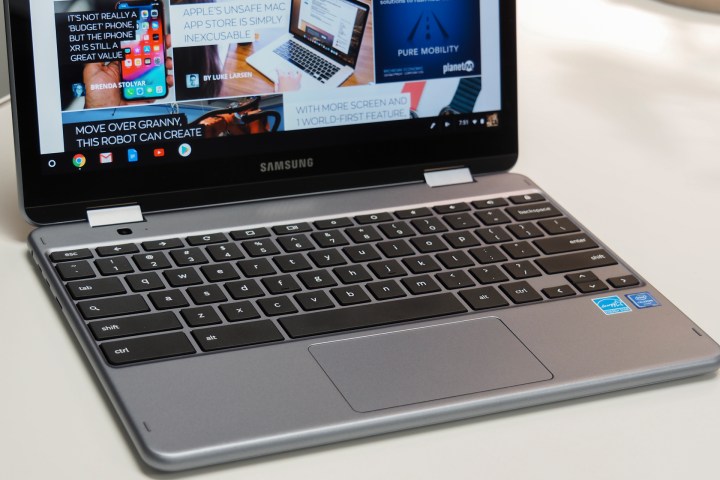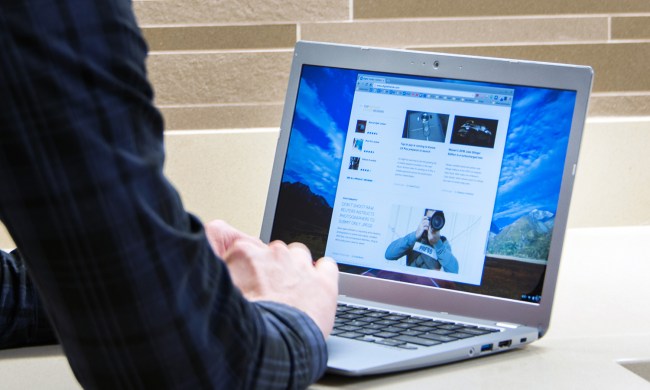
After Chrome 70 released to desktop and Android earlier in October, it is now in the process of rolling out to Chromebook devices around the world. This latest update introduces new changes focused on making Chrome OS more touch-friendly, as noted by Chrome Unboxed.
Foremost among the upgrades in Chrome OS 70 is a new interface that centers the system taskbar and makes app icons larger and spaced out for easier access via touch. Also new in that area is a fresher quick settings menu, which adds in cleaner toggle switches for Wi-Fi, Bluetooth, sound, and brightness settings.

Elsewhere, another key change is new support for Android app shortcuts, where right-clicking or tapping on apps in the system tray will display secondary options. That fits in with support for a new floating touch keyboard, which includes handwriting recognization and emoji input. The keyboard even can be undocked to a length similar to Gboard on Android, a significant change from the previous versions of Chrome OS in which it took up half the display.

Currently, not all Chromebooks models are eligible for this update and only 33 percent of all devices have received it thus far. Google officially says that “systems will be receiving updates over the next several days,” so not everyone will be seeing the update right away.
That should not be too surprising, considering that Chrome OS 70 also introduces a new AV1 video decoder, which focuses on delivering better video quality. Newer features on the software side don’t always work out well with older hardware.
Other key changes in Chrome OS 70 include new controls for managing extension permissions, and “not secure” warnings when entering personal information on non-HTTPS webpages. A full list of the smaller changes is available on the Google Chromium blog.
It is nice to see Google making Chrome OS more optimized for touch, especially as more Chromebooks are picking up touchscreens and other premium features. That was a big highlight in our hands-on review of the Google Pixel Slate, which looks to be running this same version of Chrome OS. The new software also will likely play nice on big touchscreen devices such as the new thin-bezeled Chromebooks from Asus.


